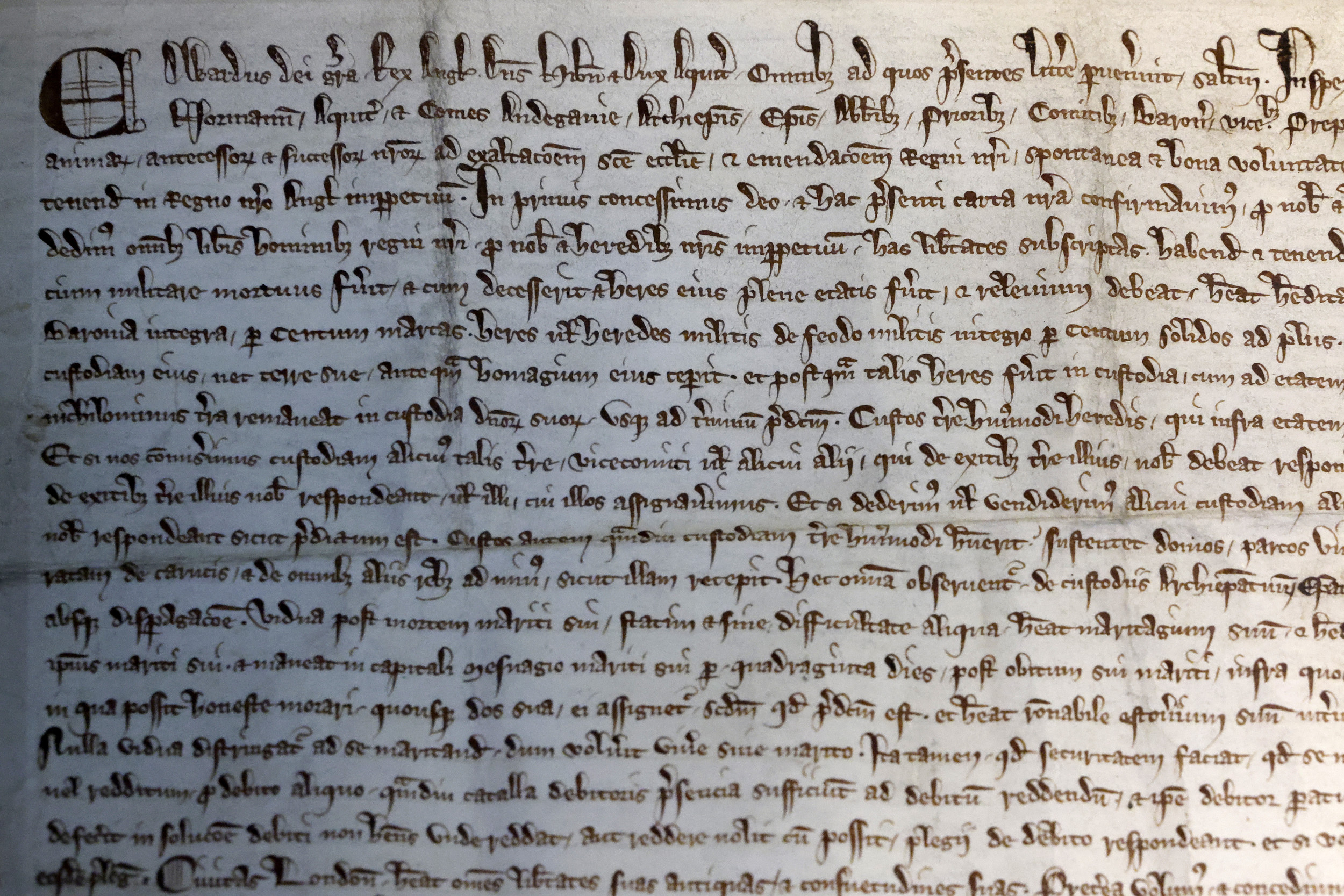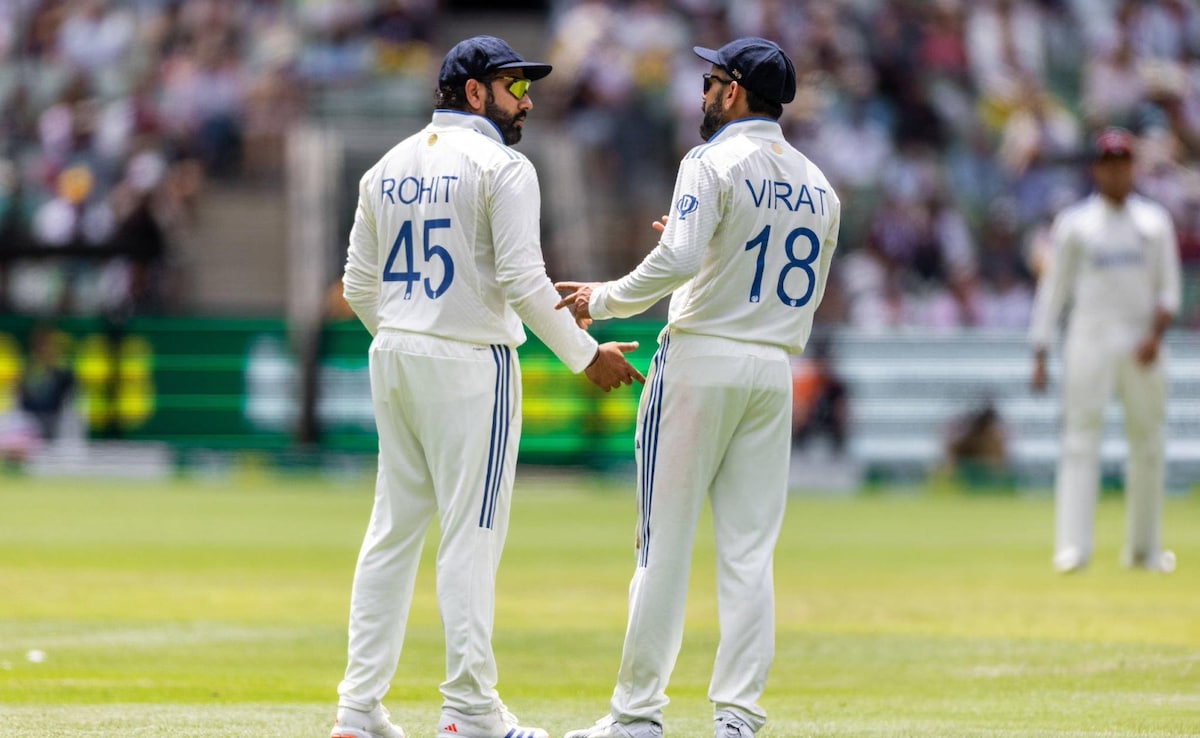
Harvard University revealed that a worn and long-overlooked document in its law library is, in fact, one of the rarest and most historically significant records in legal history—a 1300 version of the Magna Carta issued by England’s King Edward I.
Originally believed to be a mere copy, the artifact was purchased for just $27.50 in 1946 by the Harvard Law School Library. Today, it is worth millions of dollars.
Why it Matters
The Magna Carta, originally signed in 1215 by King John of England, is widely regarded as the foundation of constitutional governance and the rule of law.
Its stipulation that the monarch is not above the law laid the groundwork for legal principles enshrined in constitutions around the world.
The 1300 version discovered at Harvard represents the final official reissuance of the Magna Carta under royal seal. Only six other copies of this edition were previously known to exist.
What to Know
It remained misidentified for decades until medieval historians David Carpenter of King’s College London and Nicholas Vincent of the University of East Anglia recognized it as one of only seven known surviving copies of the 1300 Magna Carta.
The breakthrough came in December 2023 when Carpenter, browsing Harvard’s digitized archives, noticed key characteristics of the document that pointed to its authenticity.
The rediscovery hinged on a series of forensic comparisons. Carpenter and Vincent analyzed the document’s physical dimensions, compared its faded ink to verified versions using spectral and ultraviolet imaging, and matched specific script details—such as an elongated capital ‘E’ in “Edwardus.”

Chip Somodevilla/Getty Images
Harvard’s copy bears subtle textual changes distinguishing it from earlier versions.
The 1300 version of Magna Carta is “different from the previous versions in a whole series of small ways and the changes are found in every single one,” Carpenter said.
Harvard had to meet a high bar to prove authenticity, Carpenter said, and it did so “with flying colors.”
The document’s path to Harvard adds an additional layer of intrigue. Vincent traced its provenance to Appleby, a former parliamentary borough in England.
The Magna Carta was sent to a London auction house in 1945 by Forster Maynard, a decorated World War I pilot who inherited it from antislavery campaigners Thomas and John Clarkson.
The Clarksons had connections to William Lowther, hereditary lord of Appleby, leading researchers to suspect it may have originally been gifted by Lowther.
“There’s a chain of connection there, as it were, a smoking gun, but there isn’t any clear proof as yet that this is the Appleby Magna Carta. But it seems to me very likely that it is,” Vincent said.
He said he would like to find a letter or other documentation showing the Magna Carta was given to Thomas Clarkson.
Its tattered and faded copy of the Magna Carta is worth millions of dollars, Carpenter estimated—though Harvard has no plans to sell it. A 1297 version of the Magna Carta sold at auction in 2007 for $21.3 million.
What People Are Saying
David Carpenter told Harvard Law Today: “This is a fantastic discovery. Harvard’s Magna Carta deserves celebration, not as some mere copy, stained and faded, but as an original of one of the most significant documents in world constitutional history, a corner stone of freedoms past, present and yet to be won.”
The discovery’s relevance today is not lost on those involved as Harvard comes under intense pressure from the Trump Administration.
Nicholas Vincent said: “It turns up at Harvard at precisely the moment where Harvard is under attack as a private institution by a state authority that seems to want to tell Harvard what to do.”
What’s Next
Carpenter and Vincent plan to visit Cambridge this June to examine the document in person and continue research into its historical trail.
The university has also digitized the document and made it available to scholars and the public as part of its broader push to provide access to primary legal sources.
This article uses reporting by The Associated Press.





